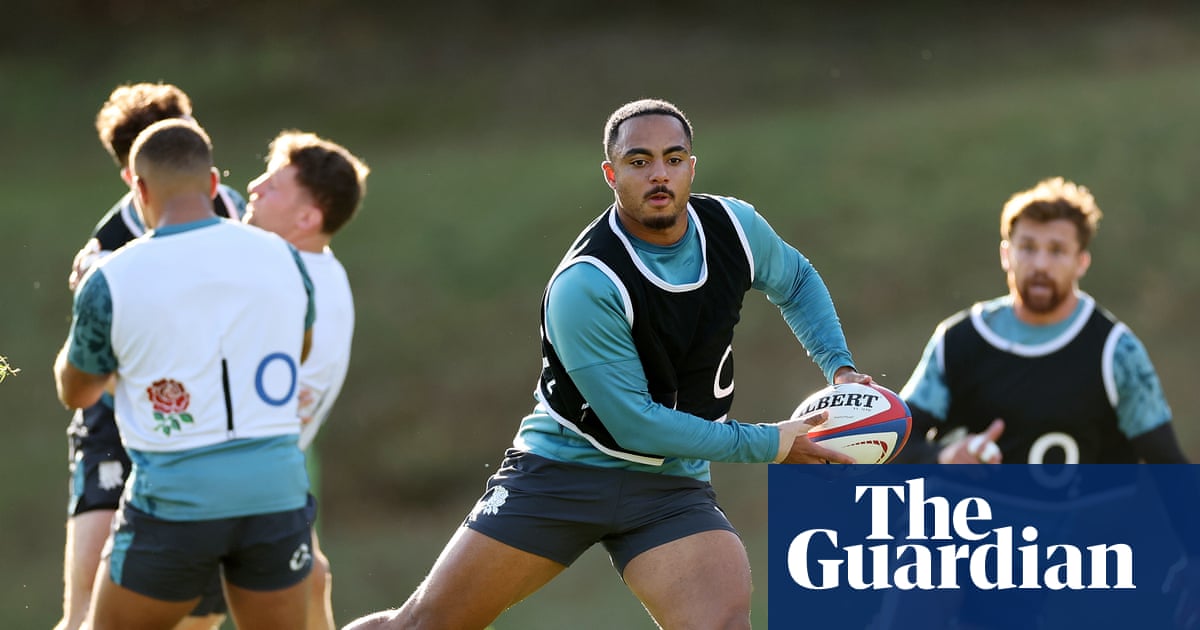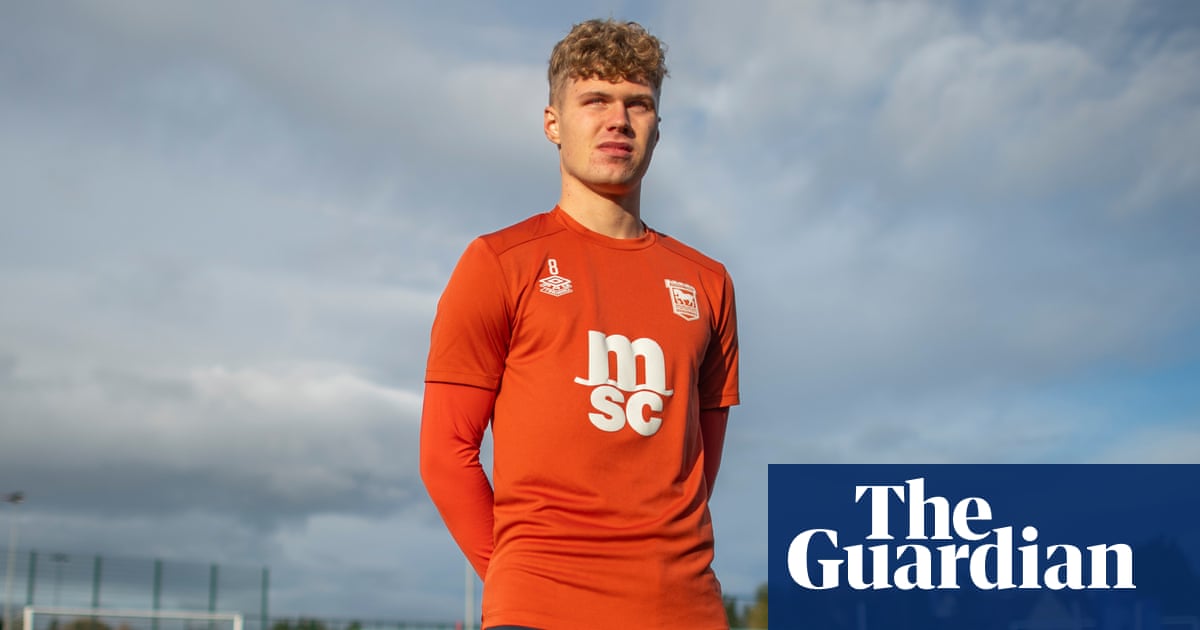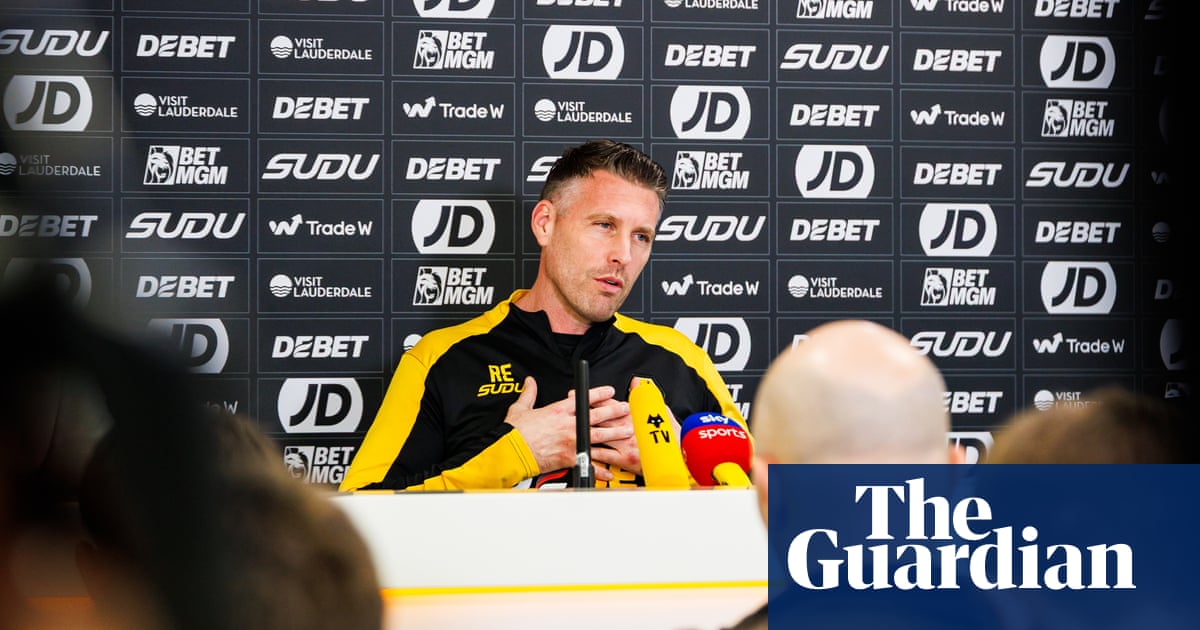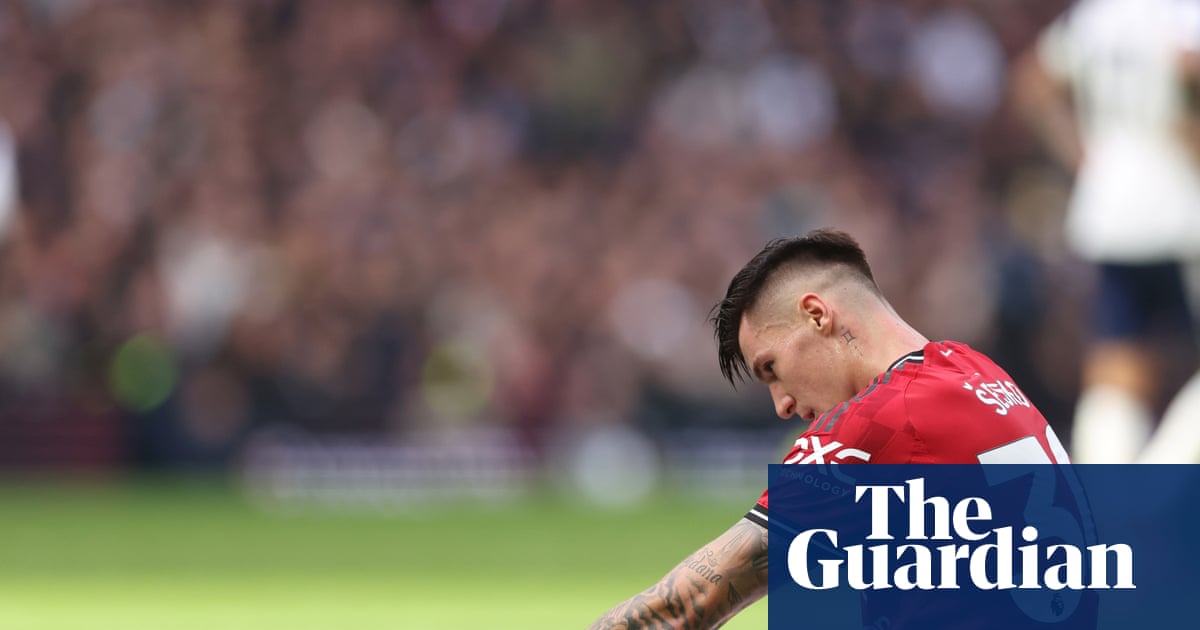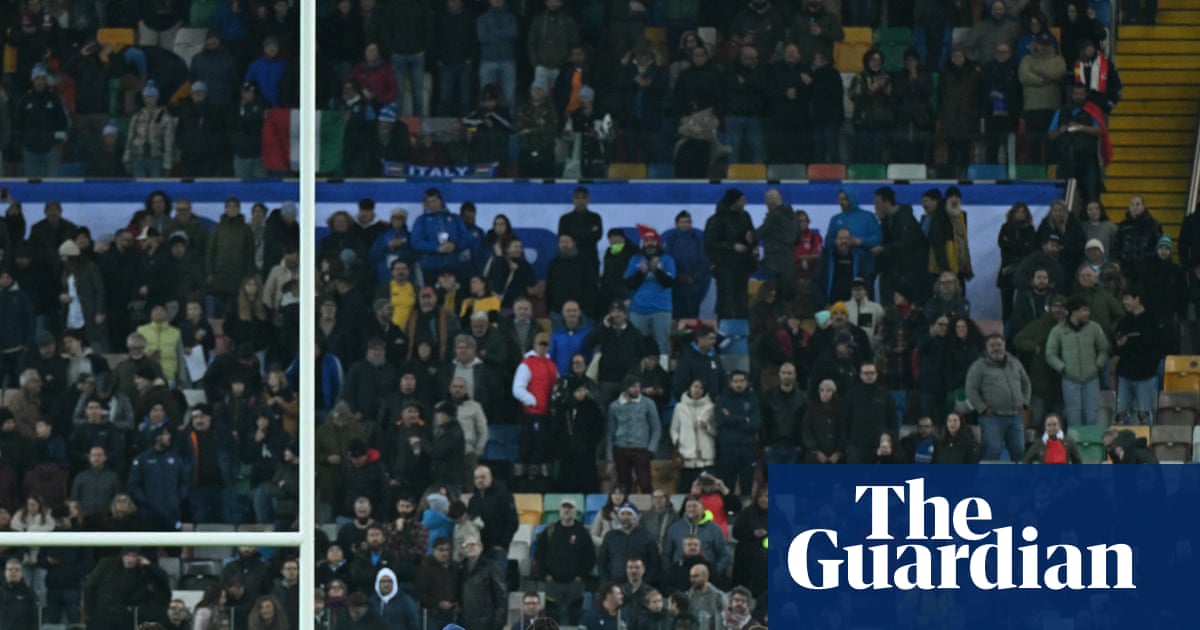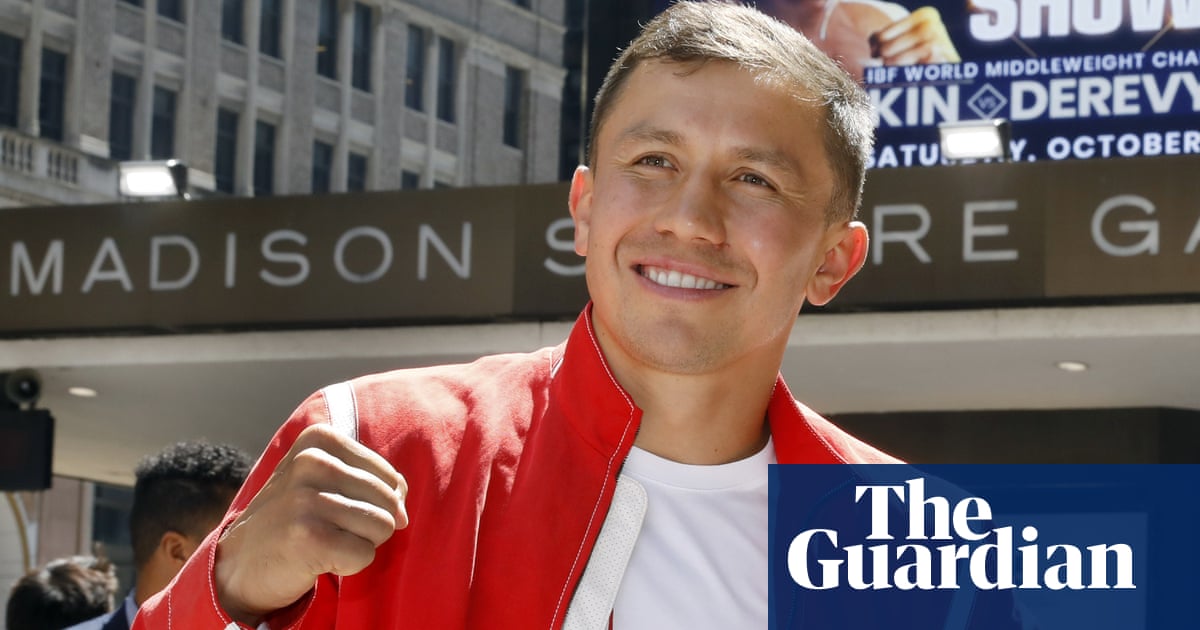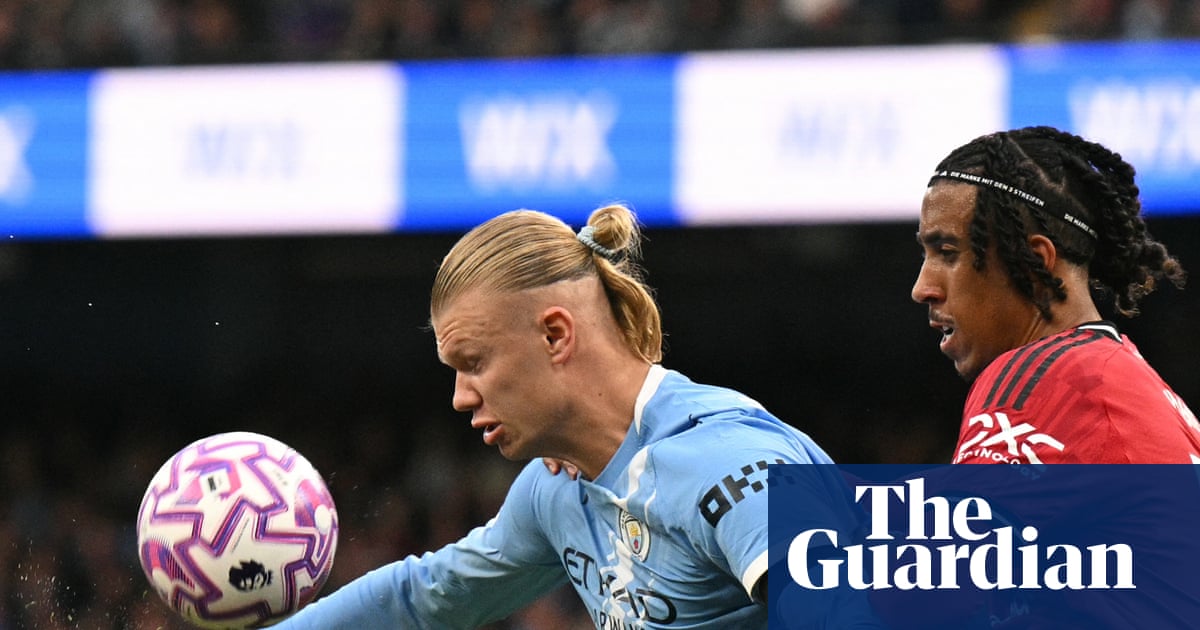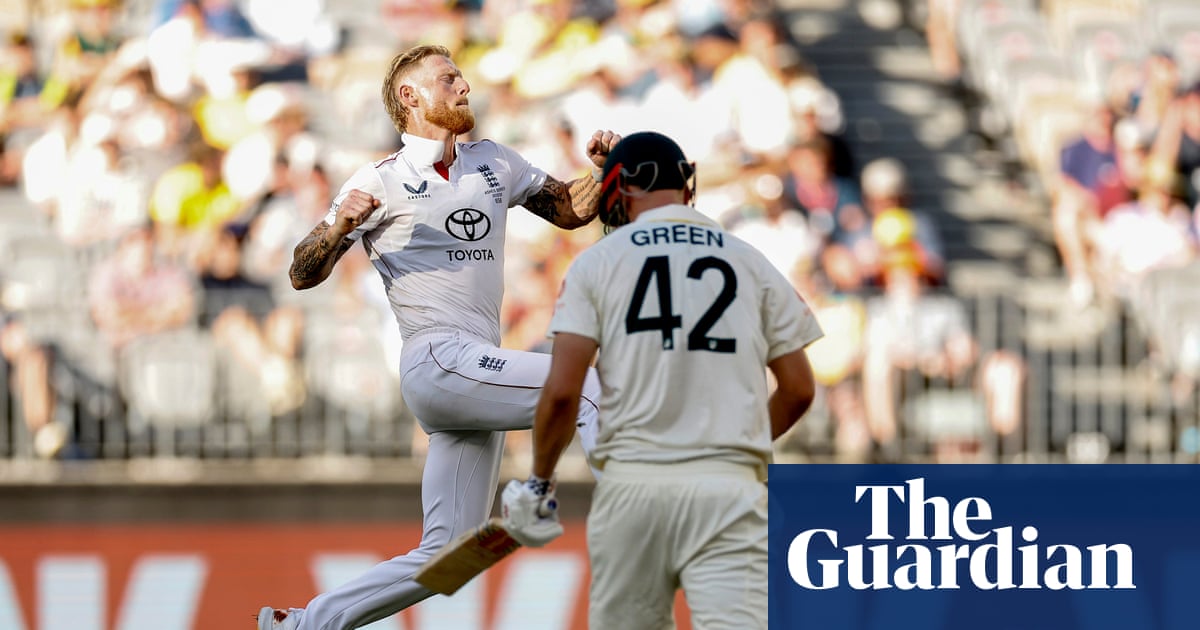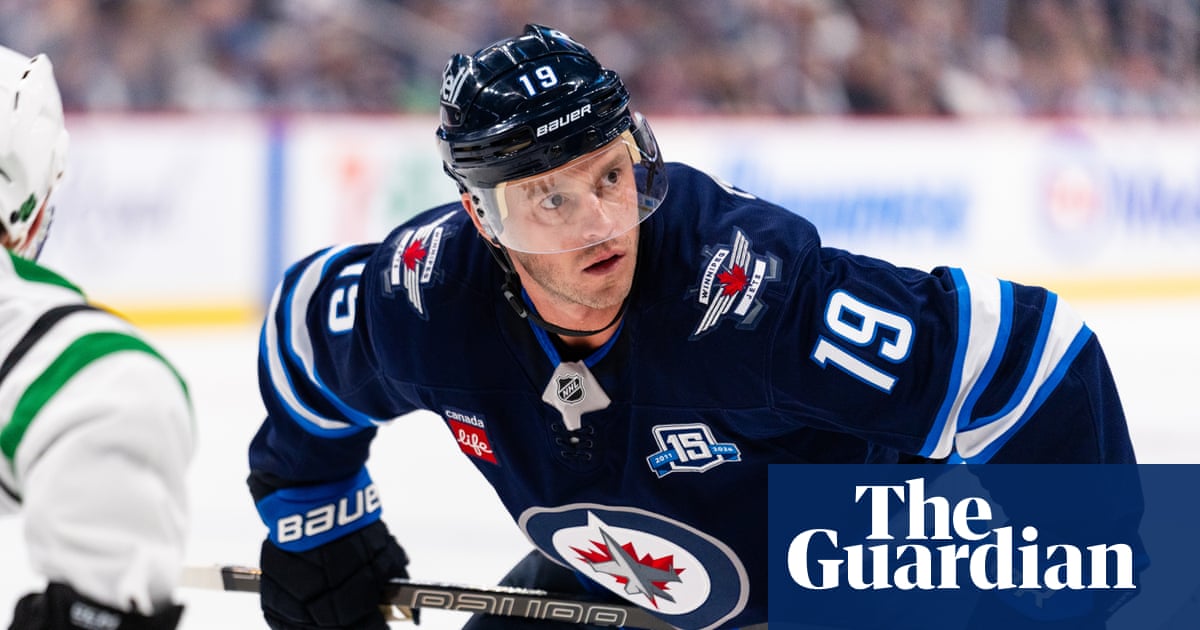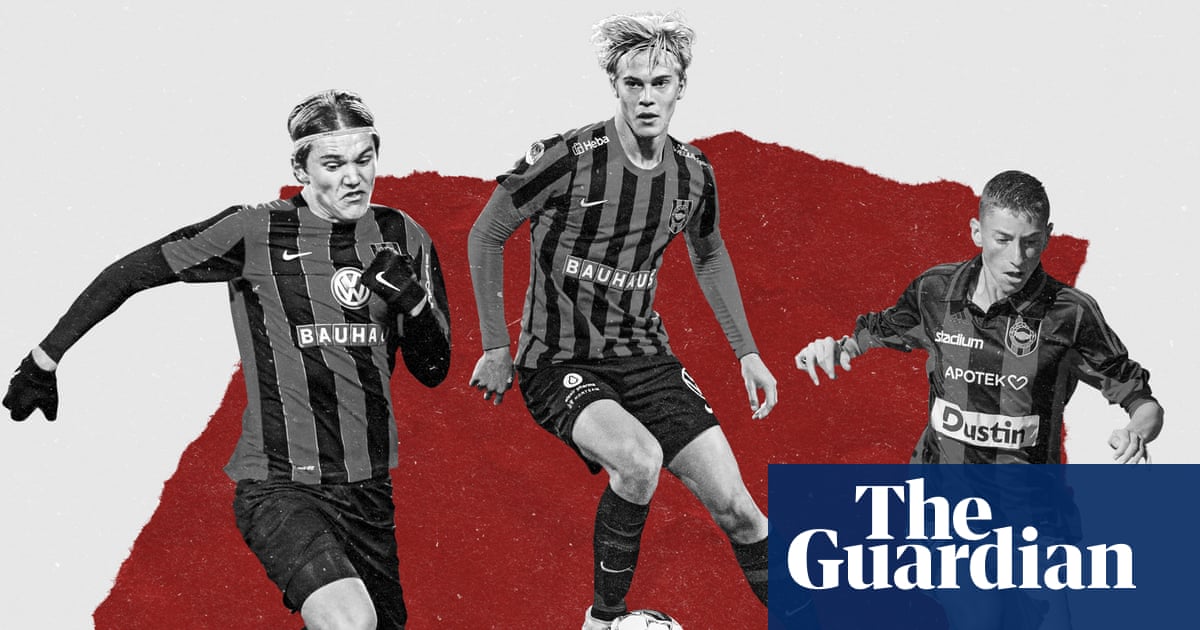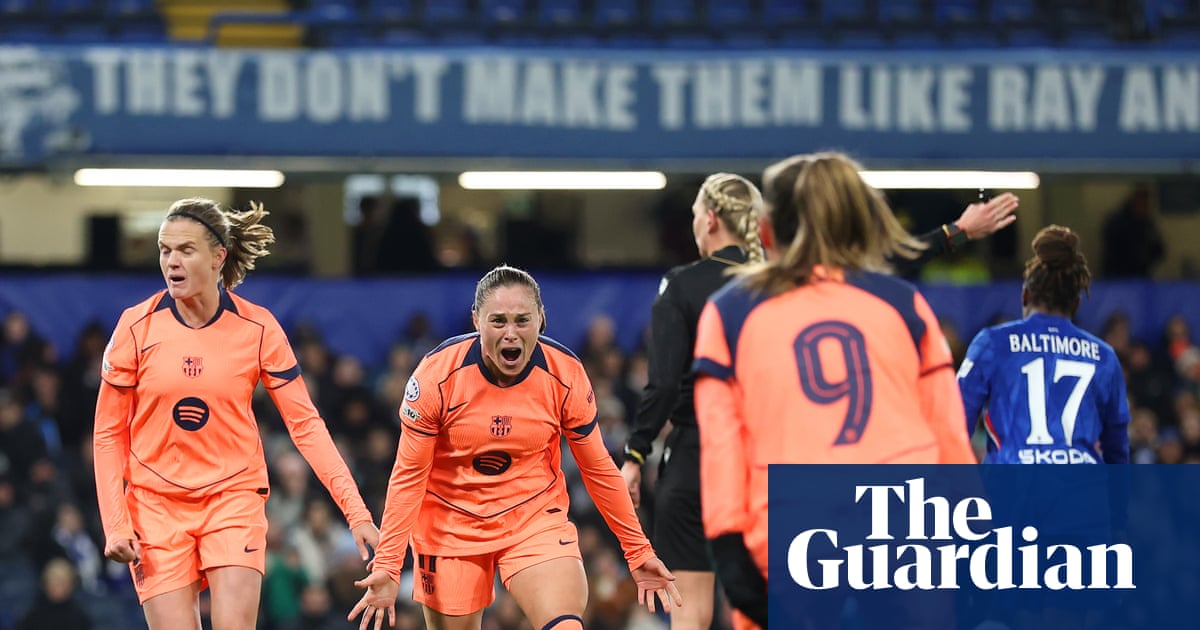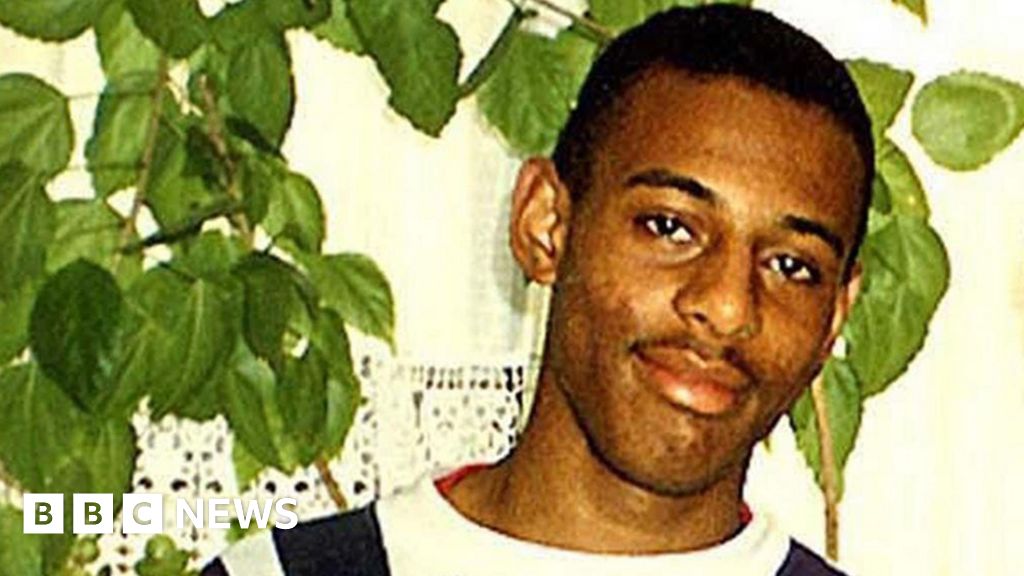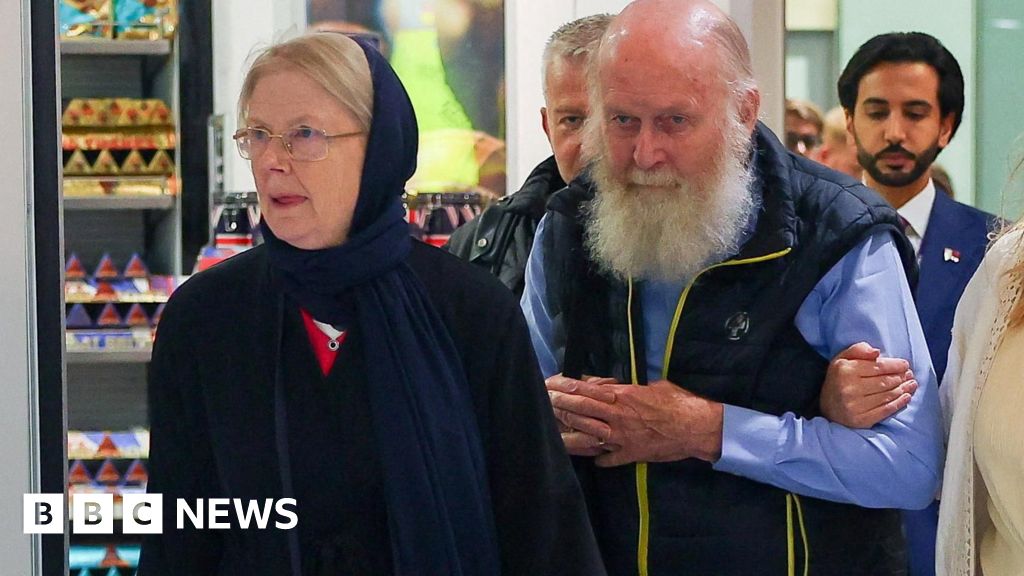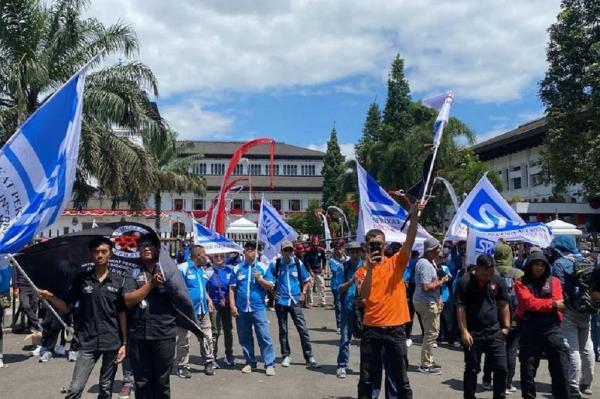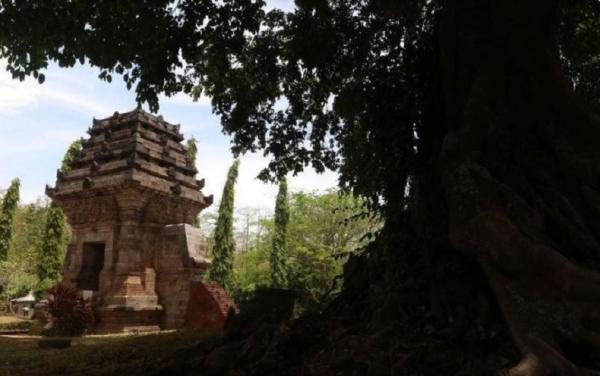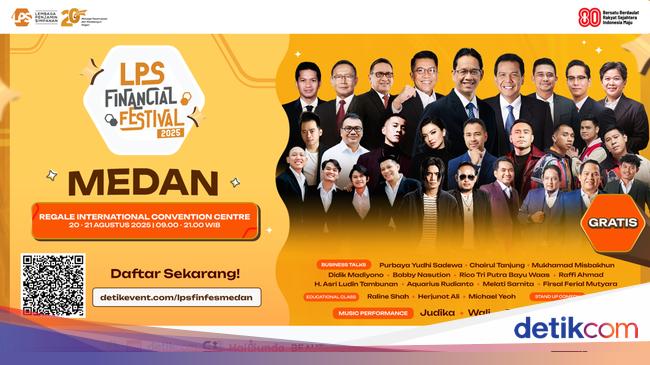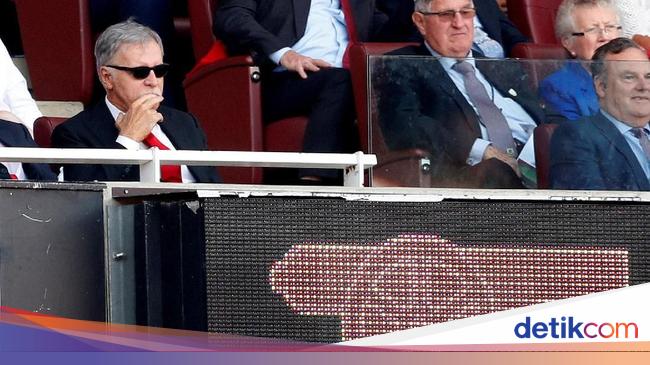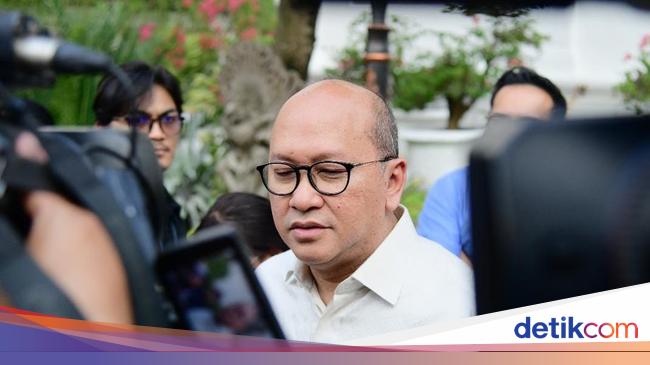The remarkable nature of the transformation in Formula One’s fortunes in the United States could not have been better illustrated than by the incongruous sight of Mickey Mouse and an assortment of his Disney pals leading a gang of enthusiastic fans on a walk down the pit lane at the Las Vegas Grand Prix.
F1 successfully hosting a race in Sin City and the US now boasting three sellout meetings is testament to the sport’s burgeoning prosperity. For all of the somewhat surreal edge of seeing Donald Duck and Goofy outside garages, the fact Disney has chosen F1 as a partner is indicative of the sea change the sport has brought about in a market it has long coveted.
As little as a decade ago it would have been unthinkable that an American institution such as Disney would have chosen to hitch its wagon to F1, which was barely even a niche sport in North America. Yet this weekend in Vegas marks the beginning of a two-year collaboration. Mickey and his pals in the Disneyland Band will perform the national anthem pre‑race and feature as part of the post-race driver celebrations at the Bellagio fountains.
That the sport and Disney are celebrating here is entirely apt. The streets of Las Vegas, beneath the neon and the roving searchlights, are thronging with race fans. The rain that has swept in this week giving the buildings a clean and the Nevada desert a welcome top-up has singularly failed to dim anyone’s enthusiasm. These fans are the vanguard of F1’s popularity in the US.
The sport has just signed a new deal with Apple for a reported $160m (£122m) a year over five years for the TV rights in the US. It is an enormous investment by the tech company, which believes the sport is now appealing to its audience, while F1 is convinced it is the best way to connect with its new US fanbase. Apple had previously hosted some Major League Baseball and Major League Soccer but a full season of every session of live F1 to all subscribers is on a different level entirely.
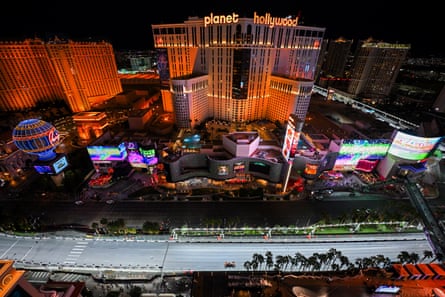
Eddy Cue, the vice-president of services for Apple, recently noted that on a dinner with Toto Wolff, the Mercedes team principal, in New York, the Austrian was stopped all the time for pictures. “Five years ago, nobody would know who Toto was as he was walking down Soho,” said Cue. “There’s a huge potential for the sport in the US specifically.”
Research indicates that since 2017, when Liberty Media took over F1, the number of US firms who are sponsors or partners with teams has risen from 44 to 125 this year. That number is expected to increase, particularly with the US marque Cadillac joining the grid next year.
At the helm for this resurgence has been the Formula One Group chief executive, Stefano Domenicali, the former Ferrari team principal. The Italian, who had the bravery and commitment to believe a race in Vegas could be pulled off, thinks there is more to come. “The sky’s the limit,” he says. “I want us to have more than a billion fans worldwide and growing our fandom in the US can certainly help us to get there. We believe that once we’ve introduced people to the world of F1, they’ll be hooked.
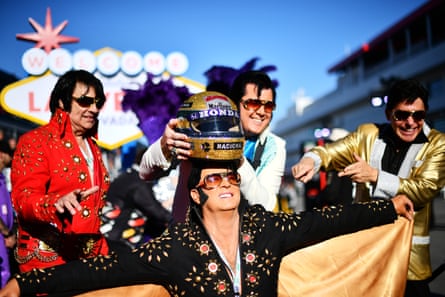
“I am always struck by the American love of their sports and how deeply it is part of day-to-day life. We need to keep evolving what we’re offering to reach a point where we’ve given both avid, existing and new, emerging fans so many reasons and opportunities to watch and hear about F1 that we’ve become part of the US culture.”
On the streets in Las Vegas this weekend his vision can be seen writ large. F1 is snaring what is considered the golden ticket in terms of demographics – 47% of new US F1 fans are aged between 18 and 24 and more than half are female. These are numbers cricket and rugby would kill for. They are enthusiastic, with a fervour for the young drivers, coming unencumbered by the baggage of F1’s long and rightly celebrated legacy. Drive to Survive or this year’s enormously successful F1 film starring Brad Pitt might have enticed them in but F1 is delivering to keep them coming back.
Speaking to fans at the track, the draw is less about tribal driver, national or team loyalties and more about simply having a good time. They revel in the spectacle, the lights, the show, the music, the food and drink that F1 has made such a point of delivering in Las Vegas as part of what is derided in sniffier circles as “entertainment”. Here no one cares, the partnerships with Disney, Hello Kitty and Lego are welcomed and the associated merchandise sells by the armful.
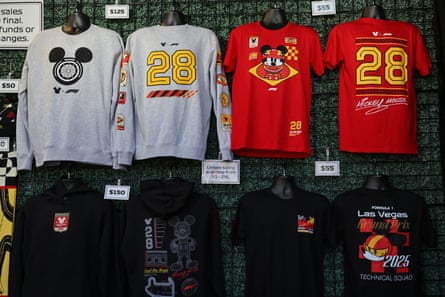
It reflects a conscious change of direction that has worked so well. “When the sport came to the country previously, we thought we could just turn up for four days, race and everyone would love us,” says Domenicali. “Now we know we must keep engaging with our American fans and US culture until F1 becomes relevant and a part of it, so the biggest thing we’ve changed is how we interact with fans and how we speak to new audiences. We are now speaking with our US fanbase all year round, 24/7.”
That this has been a success is manifest in an enormously impressive bottom line, founded partly on F1’s bet on making it in the US, one backed appropriately in Las Vegas by the sport itself promoting the race here. F1 now has a market value of $24bn, a figure that has risen by 25% in the past year and is now three times what Liberty Media paid in 2017. These are numbers fuelled by the business behemoths such as Disney
With it, of course, has come criticism, not least that the European heartlands of the sport have become marginalised at the expense of growth in the US and the pursuit of Middle-Eastern petrodollars. Yet the drive to expand in the US at least was always perhaps F1’s holy grail. Mickey in the pit lane? Times have changed and it’s Fantasia in Vegas for F1.
.png)
 1 hour ago
1
1 hour ago
1
